The wildlife of Galapagos
19.08.2019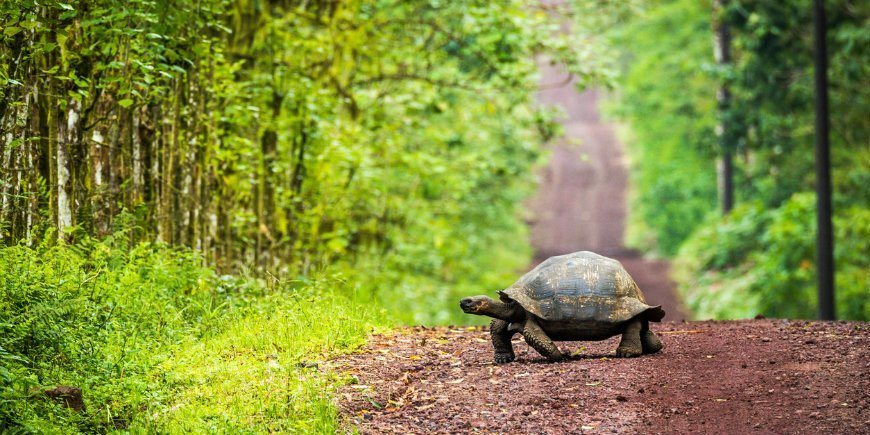
A tour to the Galapagos Islands is like visiting a whole different world.
The Galapagos Islands, located in the middle of the Pacific Ocean, are paradise for nature and animal lovers.
The islands are actually said to be one of the very best places in the world to experience authentic wildlife, and you will find many species of animals not found elsewhere in the world here.
Below, you can read more about 10 species of animals that you may be lucky enough to experience on a tour to the Galapagos Islands.
The marine iguana
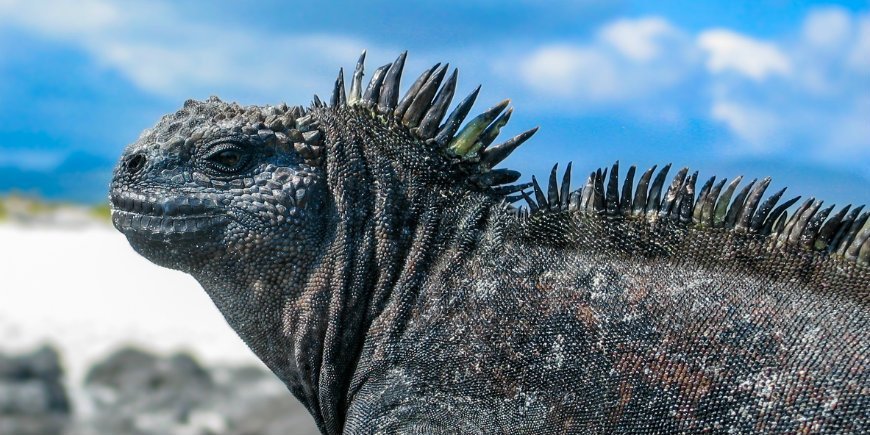
The marine iguana is a unique little thing.
Firstly, the marine iguana lives exclusively on the Galapagos Islands. Secondly, it is the only iguana species in the world that lives off sea plants. And thirdly, its appearance is quite peculiar.
The marine iguana can dive right down to a depth of 9 metres in search of food such as algae and seaweed.
It can measure 1.5 metres from the tip of its nose tip to the tip of its tail, weigh up to 12.5 kg, and its appearance has been used as inspiration for both the Godzilla and Alien films.
The Galapagos Tortoise
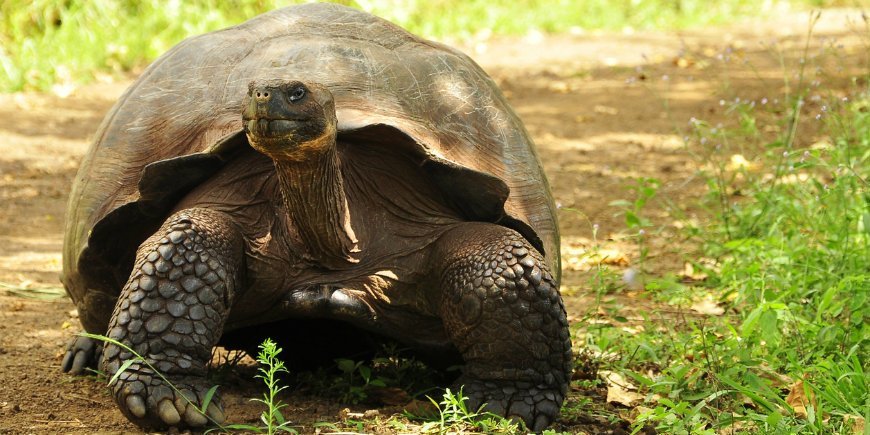
The world’s largest tortoise species also calls Galapagos home. The Galapagos tortoise is a tortoise that can weigh up to 250 kg.
Not only is it huge, but this tortoise is actually the species of vertebrate that can live the longest. The highest documented age is a whopping 152 years old!
The life of a Galapagos tortoise consists primarily of eating grass and leaves, and relaxing in the sun. And it sleeps around 16 hours a day – the definition of a quiet life!
The blue-footed booby
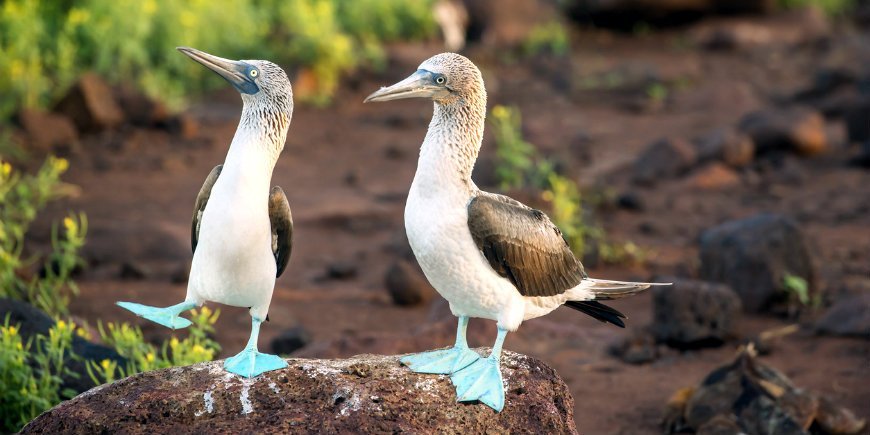
The blue-footed booby does not live exclusively on Galapagos. However, it is primarily found in the eastern part of the Pacific, which includes the Galapagos Islands.
What makes this bird species special is its iconic light blue feet. The blue colour is extremely important for male birds because the males with the most turquoise-blue feet are in with the greatest chance of being picked as a mate by the females. The colour indicates the male’s ability to provide food for himself and a potential mate.
The males do a mating dance for the females, lifting their blue feet up and down, displaying the beautiful colour.
Who could resist that?
The penguin
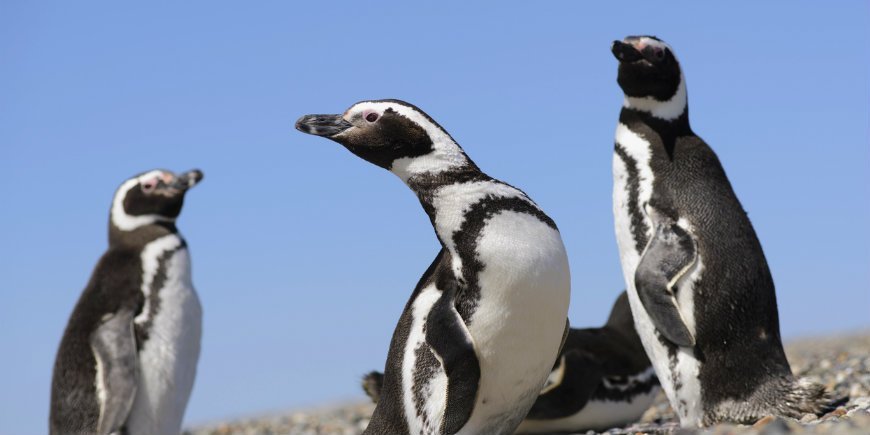
When you hear the word penguin, you probably think of snow and cold in Antarctica – and not at all about the tropical regions at the equator. Nevertheless, penguins are also found on Galapagos.
The Galapagos penguin is actually the penguin species that lives furthest north.
It spends its days in the cool waters around the islands to prevent overheating. And that is also where it finds its food in the form of fish. The nights on the islands are cooler, so the penguins return to land to spend the night in small caves.
The flamingo
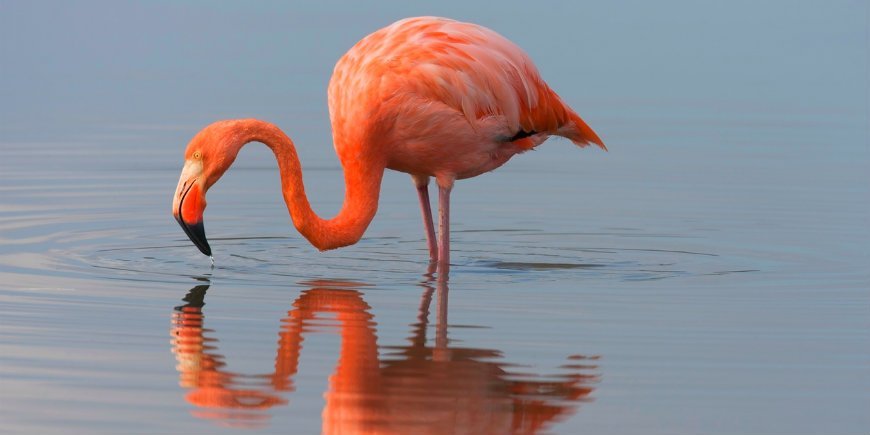
The flamboyant pink birds with their spindly legs, long, graceful necks and banana-shaped beaks also belong in the Galapagos Islands.
In fact, the Galapagos flamingos are some of the reddest, and are far more colourful than the flamingos found in Africa and Europe. Their iconic red colour comes from the carotene in their food, which consists of small crustaceans and plants. The colour only appears in their feathers when the birds reach the age of 3.
Flamingos are often seen standing on one leg. The theory is that they do this to relax, conserve energy and keep warm.
The Galapagos sea lion
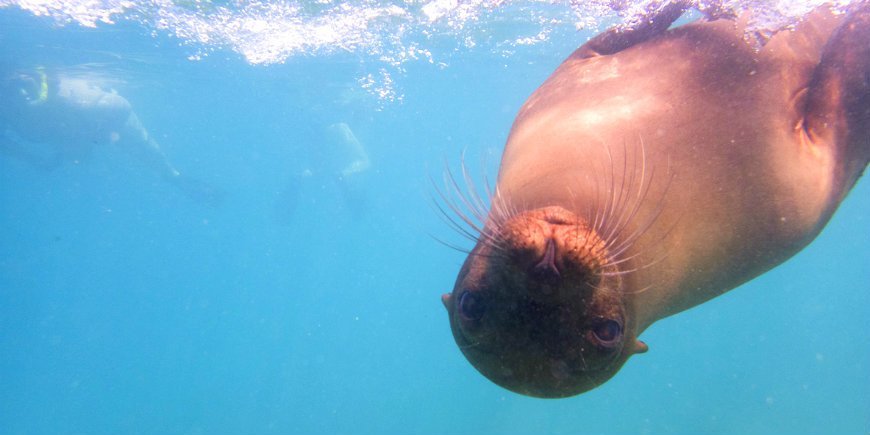
The Galapagos sea lion is a master diver. It can dive to a depth of almost 600 metres when searching for fish. This is particularly necessary during the El Niño phenomenon, when the warmer water temperatures cause the sea lions’ normal food – sardines – to migrate away from the islands.
Large colonies of sea lions can often be seen lying on the sandy beaches all over the Galapagos Islands. It’s not unusual either to see sea lion pups lying on the beach while their mothers are out in the water catching fish. And if you’re lucky, the curious sea lions will swim right up close to you as you snorkel near the islands.
The female sea lions and their pups quickly learn to recognise each other’s unique call, ensuring they can always find each other in the large colonies.
Darwin’s finches
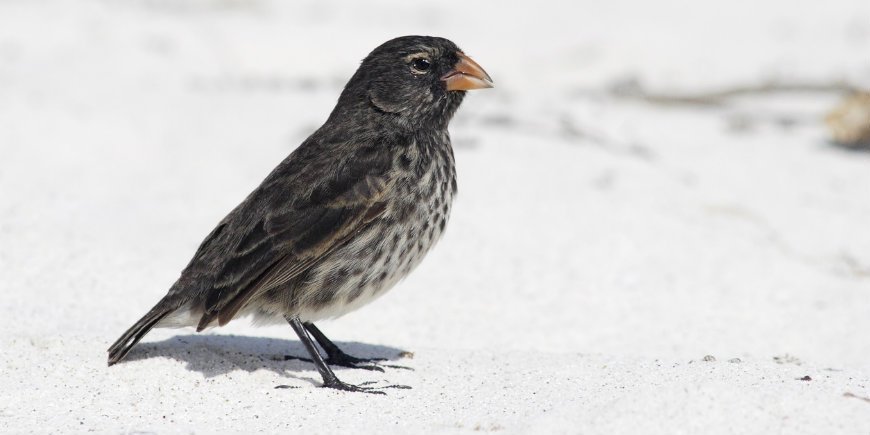
A list of the wildlife in Galapagos is not complete without mentioning Darwin’s finches, which were part of the inspiration for Darwin’s Theory of Evolution.
During his visit in 1835, the young scientist noticed that the finches’ beak was different to the beak of the finches he knew from Europe. And the beaks even differed from island to island. He theorised that the little birds were descendants of the same ancestor, but had evolved differently over time, depending on the environment they were in.
There are 14 different finches on Galapagos, which are primarily distinguished by the size of their beaks and the food they eat.
Frigatebirds
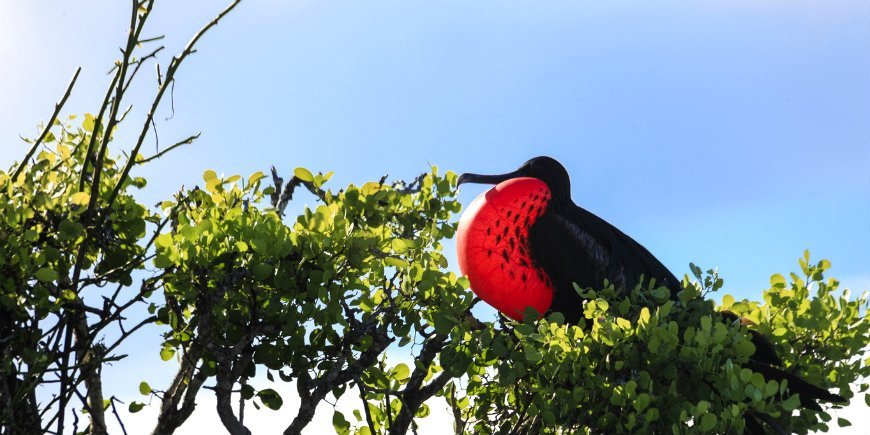
Frigatebirds are also known as the pirates of the sky, as they like to rob other birds of their freshly caught fish in mid-air.
Two species of frigatebirds live on the Galapagos Islands – the great frigatebird and the magnificent frigatebird.
Both species of frigatebirds are primarily recognisable by their large, red larynx, which the males inflate and display to attract the females flying past as a mate.
The frigatebirds have an impressive wingspan of up to 2 metres. They are sea birds, and they often fly out over the sea in their search for fish, sometimes not returning until a week later. They don’t land on the water during this time, gliding in the air the whole time they are away from land.
The Galapagos albatross
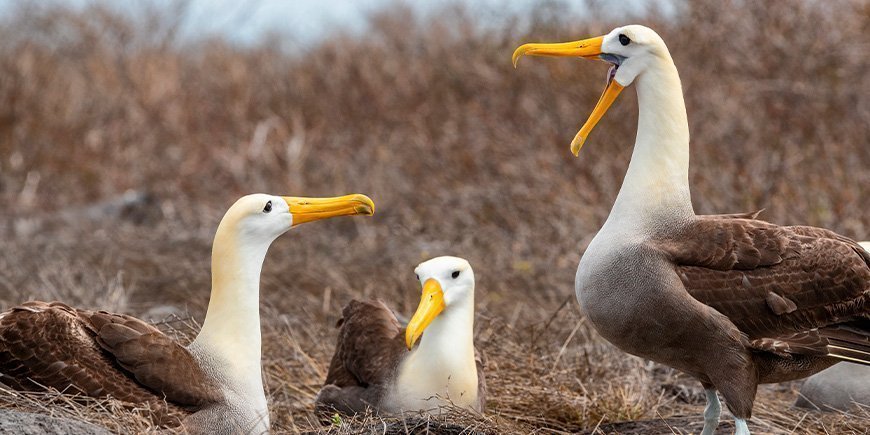
The albatross is the largest bird on the Galapagos Island, with a wing span of up to 2.5 metres.
The bird is especially recognisable by its white head, the fine pattern of the feathers on its neck and its long yellow beak.
Compared to other albatross species, the Galapagos albatross is only medium sized, and it is the only species of the large birds that lives in tropical regions.
If you would like to see the Galapagos albatross, you should head to Española Island, one of the southern Galapagos Islands, and the only place where the big birds live. It’s an impressive sight to see the albatrosses with their long wings, hovering majestically over the sea.
The land iguana
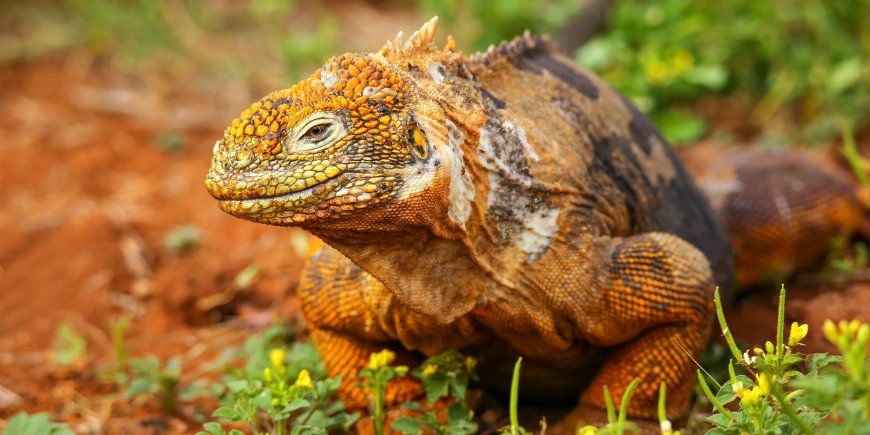
It’s not unusual to see the mustard-yellow land iguanas lying sunbathing under the warm rays of the equatorial sun.
The appearance of the land iguana is characterised by brownish and yellowish colours and the pointed back comb running from its neck down its back. If the land iguana survives the first few difficult years, it can live up to the age of 60.
These large lizards are cold-blooded and feed primarily on cacti, which are both a source of food and a large proportion of the fluid the iguana needs.
The Galapagos land iguana is another of the islands’ endemic species – i.e. species only found here – and you will find the yellow iguanas on 6 of the Galapagos Islands, including Isabela and Santa Cruz.
The wildlife in Galapagos is absolutely outstanding.
You will experience animal species not found anywhere else in the world, and you will see the inspiration for the Theory of Evolution.
Galapagos is a mecca for animal lovers!
TourCompass
